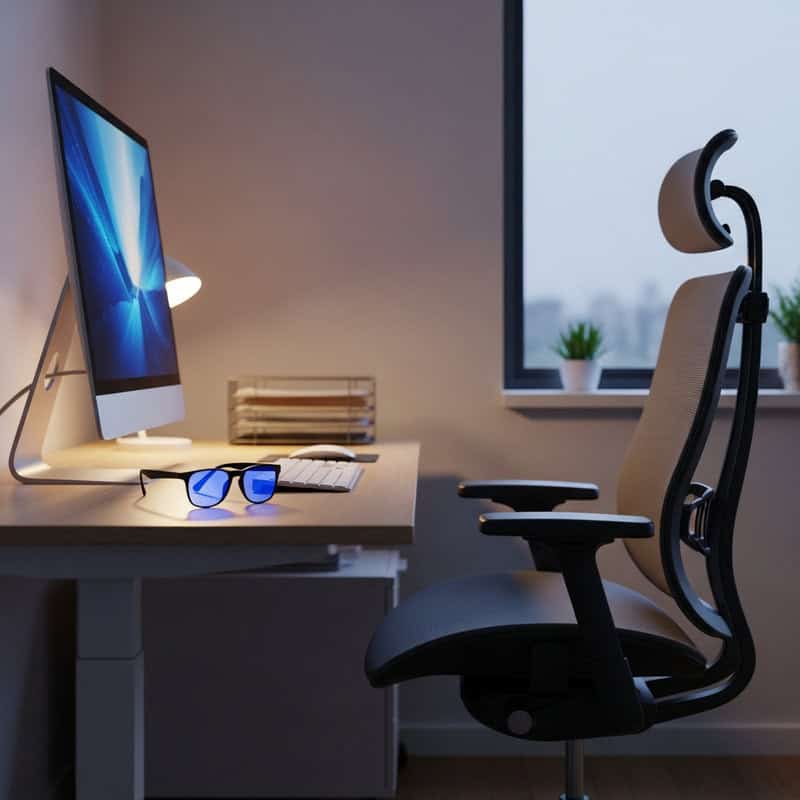As our lives become increasingly intertwined with technology, many people experience digital fatigue—a combination of eye strain, mental exhaustion, and decreased productivity caused by prolonged screen time. According to the CDC, digital eye strain has become a common complaint among workers and students alike.
Proactively managing your screen habits is crucial for sustaining mental and physical health. This guide will offer practical strategies to reduce eye discomfort, boost focus, and reclaim a healthier relationship with your devices in our always-connected world.








